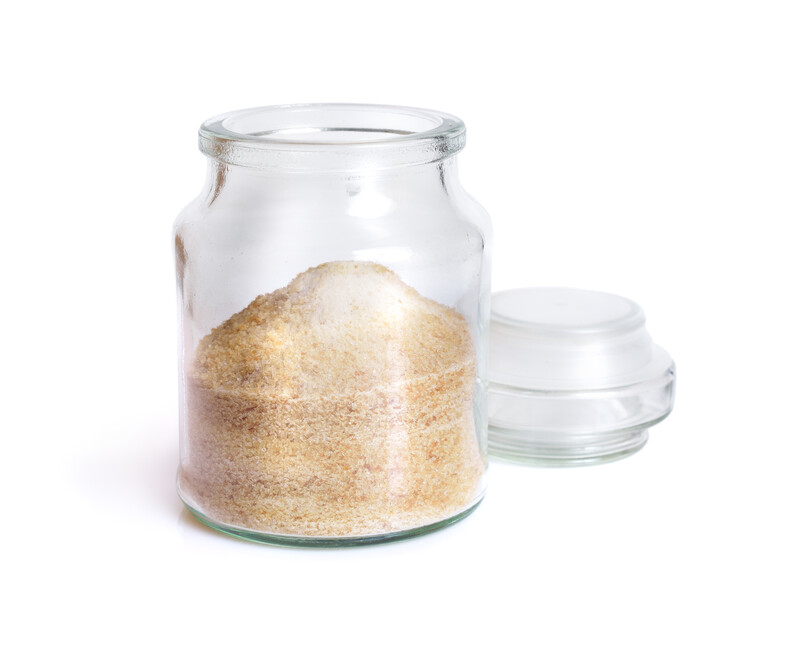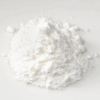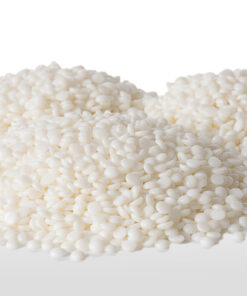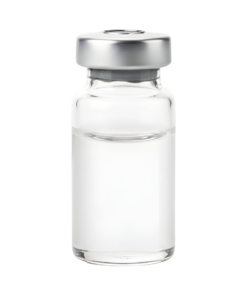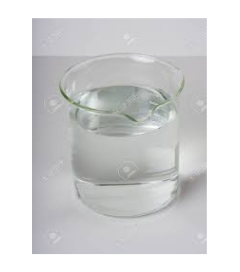Gelatine – 500g
R96,00
Gelatine – 500g – this gelatine is a popular choice for DIY beauty treatments, peel-off masks, jelly soaps, and even shampoo bars.
4 in stock
Gelatine – 500g
Natural Thickener and Binder for Cosmetics, Soaps, and Crafts
Gelatine (Edible Beef Hide) is a versatile, protein-rich ingredient derived from bovine collagen. Although food-grade, it’s widely valued in cosmetics, bath products, and handmade crafts for its natural gelling, thickening, and film-forming properties. When used correctly, it helps create flexible textures and stable emulsions while adding body and bounce to formulations.
Because of its ability to form strong, clear gels, this gelatine is a popular choice for DIY beauty treatments, peel-off masks, jelly soaps, and even shampoo bars. It’s also an excellent natural alternative to synthetic polymers or binders in natural skincare and soap recipes.
Key Benefits of Gelatine – Natural Gelling Agent for Bath and Body
-
Forms Clear, Elastic Gels
Ideal for jelly soaps, peel-off masks, and spa-style treatments. -
Thickens and Stabilizes Formulations
Adds body and texture to lotions, scrubs, and emulsions. -
Protein-Rich and Skin-Friendly
Derived from collagen, it supports a smooth, soft after-feel. -
Versatile and Easy to Use
Dissolves in warm water and sets at room temperature. -
Natural and Biodegradable
A clean-label option for eco-conscious formulating.
Common Applications in Soap, Skincare, and Craft Products
-
Jelly soaps and bath jellies
-
Peel-off face masks and body wraps
-
Hair and skin treatments
-
Craft soaps and molded bath products
-
Lotion bars and scrubs
How to Use Gelatine in Bath and Cosmetic Formulation
Bloom gelatine by sprinkling it over cold water, allowing it to hydrate fully before heating. Then dissolve gently using indirect heat (not boiling) and mix into your formulation. Use at 1% to 10%, depending on desired firmness or texture. Avoid high heat to maintain its functional properties.
Gelatine from edible beef hide is a trusted, multifunctional ingredient for natural bath and body products. It helps you create fun, effective, and visually appealing creations—perfect for skin-loving jelly soaps and beauty innovations.
| Weight | 0,500 kg |
|---|---|
| Dimensions | 15 × 4 × 15 cm |

